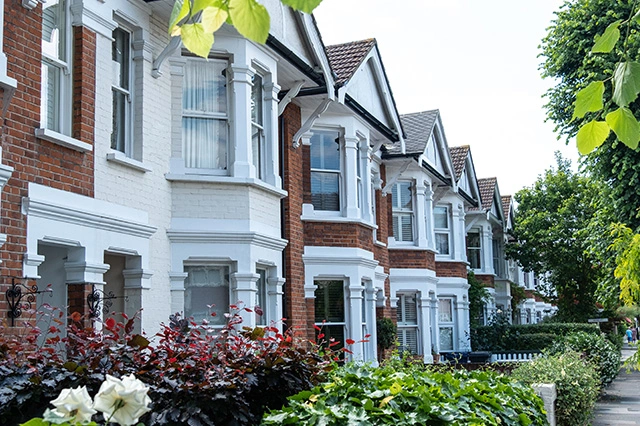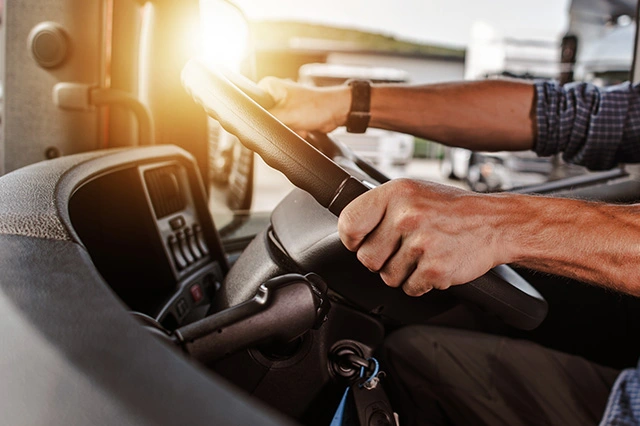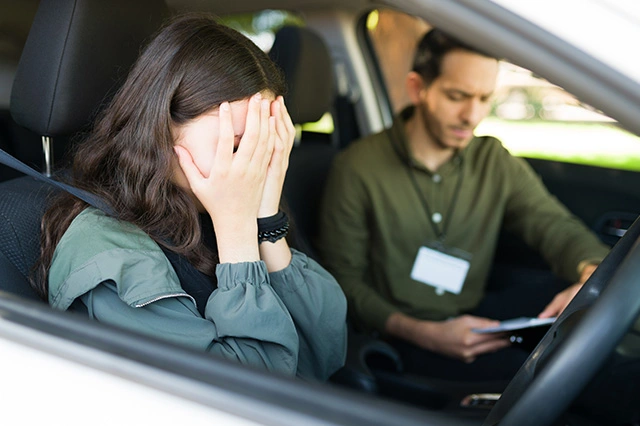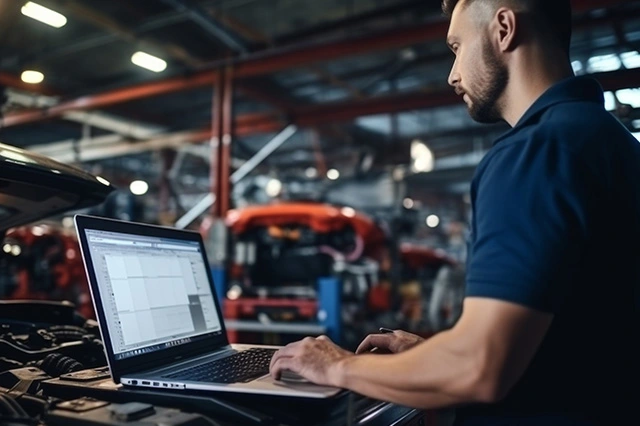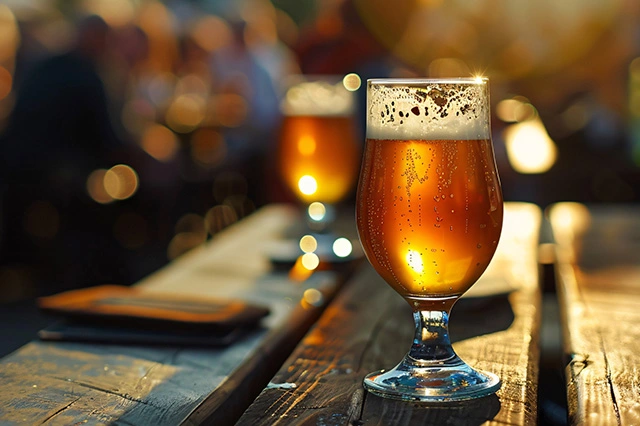In the past ten years, the United Kingdom has witnessed a concerning surge in drink driving offences, casting a shadow over road safety and public health.
Despite stringent laws and continuous awareness campaigns, the rate of individuals driving under the influence has climbed steadily, prompting authorities and communities to seek deeper understanding and more effective solutions.
What’s Driving The Drink Drive Increase?
The article, “Driving Under Influence: A Decade of Dilemma in the UK,” delves into the multifaceted reasons behind this increase.
One significant factor is the cultural acceptance of drinking in social settings, coupled with a persistent underestimation of alcohol’s effects on driving abilities. Additionally, cuts in funding have led to reduced police presence and fewer breathalyser tests, decreasing the perceived risk of getting caught.
Economic factors also play a role. The rise in drink driving incidents correlates with economic downturns, suggesting that stress and reduced spending on alternative transportation might contribute to the decision to drive under the influence. Moreover, the advent of more sophisticated vehicles with comfort-enhancing features might lead to overconfidence among drivers, making them more prone to take risks.
Who’s Typically Behind The Increase?
Demographically, the most common offenders are surprisingly varied, challenging many preconceived notions.
While young male drivers, particularly those between 20-29 years old, have historically been the most likely to drink and drive, there’s been a noticeable increase in offences among older age groups and women. This shift reflects broader societal changes and indicates that the issue is pervasive across various segments of the population.
The Consequences Of Drinking And Driving
The consequences of drink driving are dire, leading to an increase in road accidents, fatalities, and long-term injuries.
The article emphasizes that beyond the statistics are real lives shattered by a momentary lapse in judgment. Heart-wrenching stories from affected families and survivors provide a human context to the cold numbers, illustrating the far-reaching impact of drink driving.
As for the drivers caught drink driving. All receive at least a DR10 or a DR30 depending on how they behave at the roadside. This results in an increased need for convicted drivers insurance which costs more than a standard car insurance policy. This is on top of many not having insurance, resulting in the vehicle being impounded. Impounded vehicles will then need impound insurance to be released adding in more cost.
For those needing convicted van insurance, it becomes even more expensive especially when insuring tools.
What Is Being Done About The Increase?
In response to this growing epidemic, the UK has been implementing a range of measures. These include stricter penalties, widespread educational campaigns, and initiatives like designated driver programs. However, the persistent rise in offences suggests that more needs to be done. Experts advocate for a combination of approaches, including better public transportation options, more substantial police presence, and innovative technologies like ignition interlocks for known offenders.

